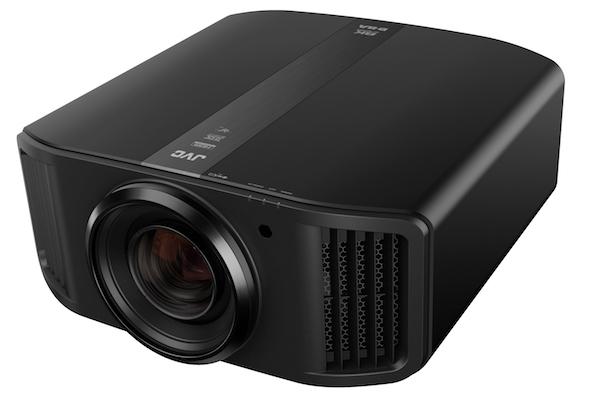Hey Kris,
Great write-up, as always. I'm a little confused about the settings I need to use for a UB9000/NX7 pairing with the NX7 running the new firmware. Should I set the Panasonic to “Basic Luminance Projector” for the HDR Display Type Setting... and HDR Optimizer to “ON”?
Or should set the Panasonic's HDR optimizer "OFF" and set the JV's HDR processing to Frame by Frame or Scene by Scene (it sounds like you suggest Scene by Scene)...





















































